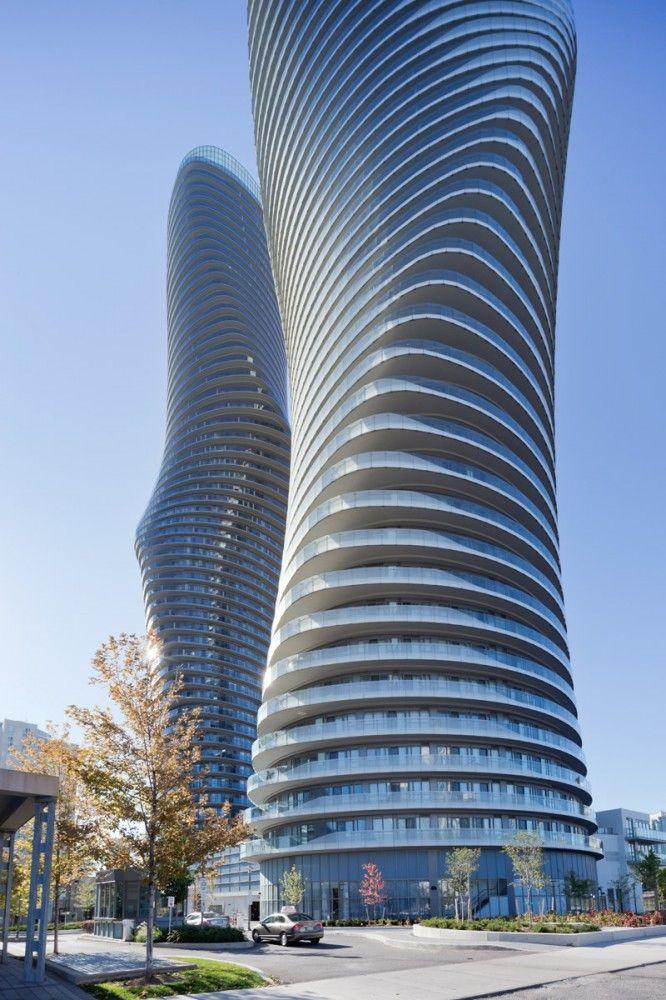Many architects and builders, armed with the latest techniques and tools, approach the holistic discipline of city development, with a perspective that is truncated and missing key elements. Often the simple question of “should we build”, gets trumped by the more future-centric idea of “can we build”.
A sense of the past and the current vitality of a place is not taken into account and can be literally demolished in a very short time frame. The natural ebb and flow of a place, the “qualia” or life force that a place seems to exude can oftentimes go unnoticed. Buildings should look to have a distinct life of their own through materials, lighting, and spatial relationships but it is also in conjunction with other buildings and landforms.
An architect’s goal when visiting a site is to imagine the multitude of angles that their building will be in contact with the surrounding community. The building should be less an object, planted into a particular area, devoid of interaction but should be part of an integrated whole.
The hulking, large-scale skyscrapers that currently dot the landscape and cast their ever wider shadows, do little for diversity and culture. Globalization has sent individualistic culture into a tailspin that is mixing the palette of diversity into a gray paste, slowly losing years of history in the arts, food, storytelling, and so many more yet to be realized.
Maybe this attitude comes off as nostalgic dribble but the idea of seeking out nuanced subtlety and less domineering views towards nature are themes that we should investigate, especially in an age with the accelerated pace towards annihilation through consumption in so many facets of life.




